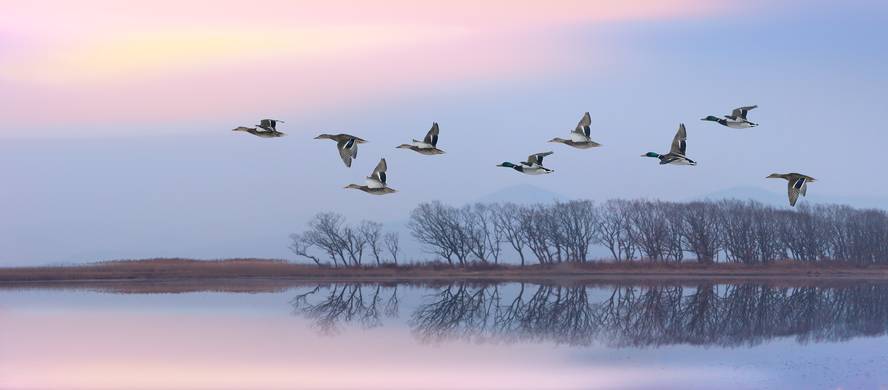They warn that bird flu is endangering wildlife

The US Department on Infectious Diseases and Global Health has warned in Science that special attention has been paid to the risk of infection of avian influenza among people, although the direct or indirect consequences it may have on threatened wildlife have not been observed so much. The situation, however, is very worrying, as the virus has spread to unprecedented measures: it is already on all continents and contaminates populations of domestic and forestry birds and mammals.
Some of these species are of great interest from the point of view of conservation: Several birds and marine mammals that are part of the Antarctic ecosystem, the California Condor… As the virus spreads and contaminates different populations, reorganizations occur in its genome, which enables it to produce more serious infections. An example of this is the outbreaks of South American seals and sea lions. In addition, in some species a neurological pathology is produced, which results in loss of orientation and paralysis. In the opinion of the researchers, this may be one of the causes of high mortality.
However, they have shown that they are not striving to know how different variants of the virus are being transmitted and evolved, nor what damage they are causing nor what risks they may have in the future. For example, they are not investigating the extent to which the weakening of certain ecosystems can open the door to invasive species. This concern is important in vulnerable ecosystems like the Antarctic ice shelf.
They therefore call for improved surveillance and wildlife monitoring to understand infectious dynamics, virus ecology, virus evolution and host immunity. This, in turn, would contribute to the protection of human health. That is precisely what the Single Health proclaims: human, animal and environmental health are interrelated. Finally, they point to the moral and ethical responsibility of the intervention of our species.





